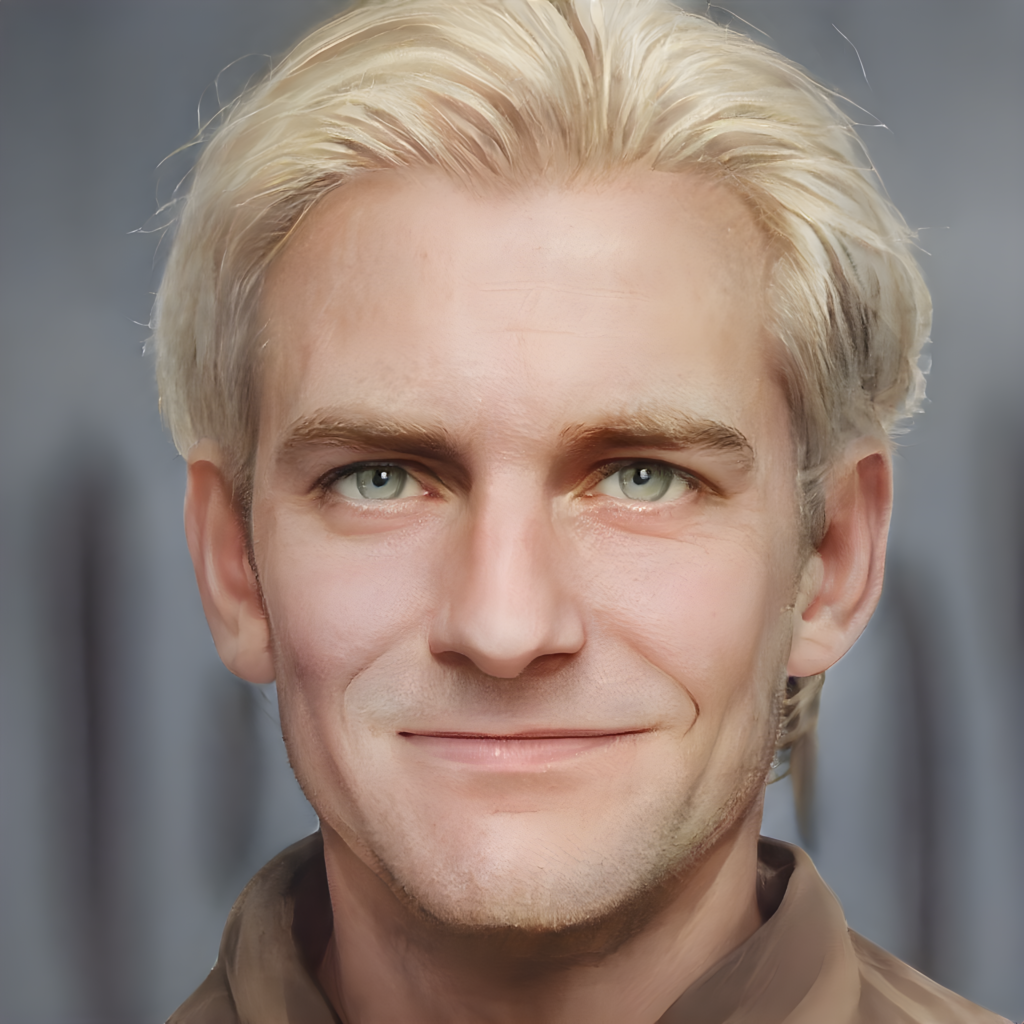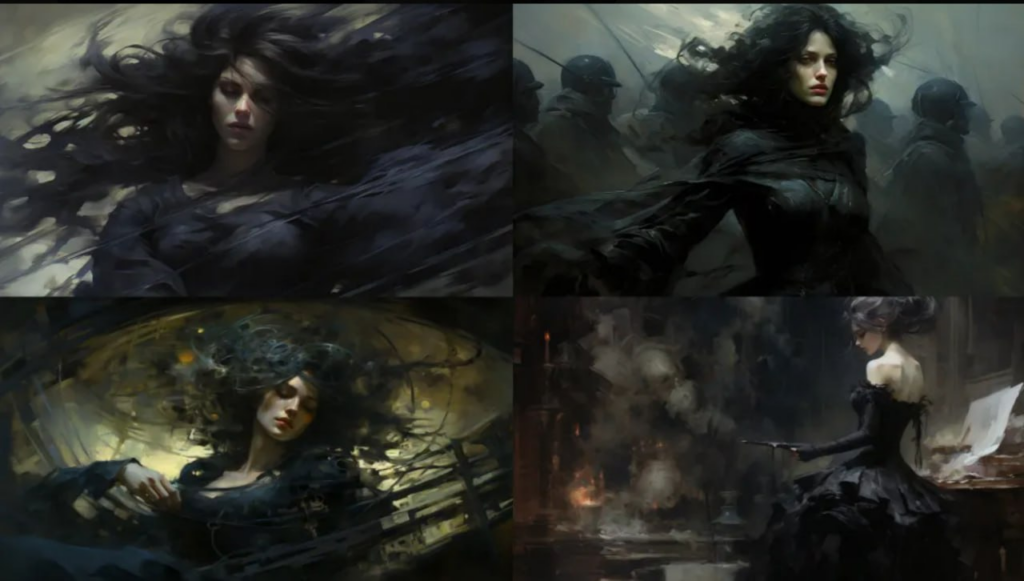Central Research Question
What is the best way to make a social media campaign a question that a lot of marketing teams are asking themselves but still don’t have quite clear answer to. Why is a social media campaign valuable for brands? How does a campaign communicate? What is a social media campaign and what does it include? This thesis will mainly focus on short-form-video in social media campaigns and want to find out why do they preform so well and what is the secret behind it.
Goal
The goal of this master thesis is to investigate the impact of design elements (trends, storytelling, camera techniques) in short-form video on social media platforms (Instagram and TikTok), with the aim of providing insights and recommendations for optimizing engagement in social media campaigns. with the focus of the target group Gen Z and Gen Alpha.
Hypothesis:
The use of design elements, such as visual aesthetics, narrative and trends, in short-form video on social media notably influences audience engagement, including views, shares and comments. By understanding these design elements, media designers can enhance the effectiveness of social media campaigns for brand promotion and communication.
Classification in the field of Media Design
This master thesis would be relevant for the field of media design for several reasons:
– Media trends: Short-form content with focus on video is becoming more and more popular on social media platforms. Understanding the role of short films in social media campaigns can provide valuable insight into the media field.
– Engagement and attention: Maintaining audience attention is very important. Short-form video is designed to brief and engaging. Which could be a media design strategy to hold audience interest.
– Visual storytelling: an important element in the field of media design is visual storytelling. Short-form video rely strongly on visual storytelling techniques to deliver a narrative within a short amount of time.
– Brand image and Communication: Social media campaigns are aiming to build and promote a brand. Short-form video can convey a brand’s message in a creative way.
Status of the art in research
Since short form video is quite new, there are not a lot of scientific papers about it. There are a lot of papers and books about traditional marketing where the essence of marketing can be taken from and put those findings in the new form of marketing. Also interviews and best practice will be done about this topic to figure out what the real reactions/results are of certain social media campaigns.
Theory reference
This master thesis can use theoretical references theory in narrative, visual communication, digital media, user engagement, advertising and branding and social media.
Method
The method will be based on three pillars:
1. Theoretical Framework,
– Conduct literature to establish strong theoretical foundation.
– Identify key theories relevant for short-form video, media design and user engagement on social media.
2. Best practice, Interviews and User feedback
– Case studies on successful short-form video campaigns on social media
– Conduct interviews with professionals in media design and digital marketing
– Collect user feedback through surveys and analyse existing user interactions on social media platforms
3. Implementation to own campaign and analysis
– Design and execute own campaign for Cycling race Acht van Bladel
– Gather and analyse data, Performance, engagement and user interactions
– Compare findings with theoretical framework, best practice and user feedback to draw conclusions
Material and sources
Material that can be used for this master thesis are:
– Academic Journals, for insights into user engagement, visual communication and media theories
– Books, by experts in media design, digital storytelling and social media
– Case Studies, successful social media campaigns that use short-form video
– Interviews and Expert opinions, with professionals in the fields of media design, advertising and digital marketing
– Social media platforms, they often release reports and analytics that can be valuable of understanding user behaviour and engagement.
– Surveys and User feedback, to gather data on user preferences and responses to short-form video on social media.
– Other theses, this can help me with a base for my own research and highlights where I can contribute new insights.
Literature (temporary)
Brown, R. E., Jones, V. K. & Wang, M. (o. D.). The new advertising: branding, content, and consumer relationships in the data-driven social media era. Volume 1 Traditional advertising transformed (Volume 1).
Brown, R. E., Jones, V. K. & Wang, M. (o. D.). The new advertising: branding, content, and consumer relationships in the data-driven social media era. Volume 2 New Media, New Uses, New Metrics (Volume 2).
Coker, K. K., Flight, R., & Baima, D. M. (2017). Skip it or view it: The Role of Video Storytelling in Social Media Marketing. Researchgate.
Structure (temporary)
- Title
- Abstract
- Introduction
– Background
– Research Problem
– Objectives, the specific goals
– Significance of the study, why is this thesis relevant?
- Literature Review
– Relevant theories such as narrative, visual communication, digital media, user engagement, advertising and branding and social media
– Identify gaps in the literature that this thesis aims to fill.
- Theoretical Framework
- Method
– Theoretical Framework
– Best Practice, Interviews, User Feedback
– Own campaign implementation and Analysis
- Results/ Data analysis
– Evaluate
– Present and analyse the data
– Interpret the findings
- Discussion
– Compare findings in relation to existing literature.
– Address any limitations of this study and suggest directions for future research
– The potential impact of the findings on the field of media design
- Conclusion
– Summary of findings
- Recommendations
– Practical recommendations for media designers, marketers
– Suggest strategies for optimizing short-form video in social media campaigns
- References
- Appendices
Timeline[1]
February – March
Weeks 1-2: Refine topic
– Finalize topic, align with interests and goals
– Refine research question
Weeks 3-4: Conduct first literature review
– Begin a literature review, identify key theories related to short-form video, media design and social media campaigns.
April – May
Week 5-6: Develop theoretical framework
– Build theoretical framework based on the literature
– Define key concepts and theories that will guide the research
Week 7-8: Plan best practice analysis and Interviews
– Identify relevant case studies
– Plan and prepare of interviews with industry professionals
June
Week 9-10 Conduct Best practise analysis and interviews
– Analyse successful short-form video campaigns and extract insights
– Conduct and transcribe interviews with industry professionals
Week 11-12 Collect user feedback
– Develop surveys to gather user feedback on short-form video
Week 13-14 Design and implement own campaign (achtvanbladel)
– Develop detailed plan for own short-form video campaign
– Implement the campaign
July – September
Week 15-16 Analyse campaign data
– Analyse data collected from own campaign
– compare them with theoretical framework, best practices and user feedback
Week 17-18 Write draft chapters
– Begin writing thesis chapters, Introduction, literature review, method
Week 19-20 Refine and finalize thesis
– Edit end refine Thesis
– Ensure arguments are well-supported and structure is cohesive.
Week 21-22 Finalize and submit
– Make final revisions and polish thesis.
– Submit the final version of thesis.
[1] ChatGPT is used to create a guidance for a timeline for Topic assignment Master‘s thesis, February 03. 2024






